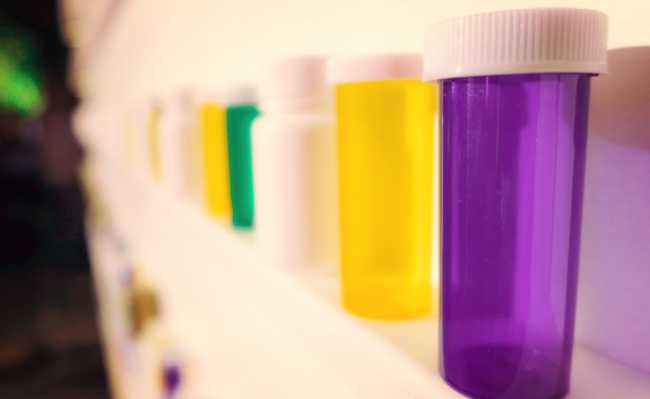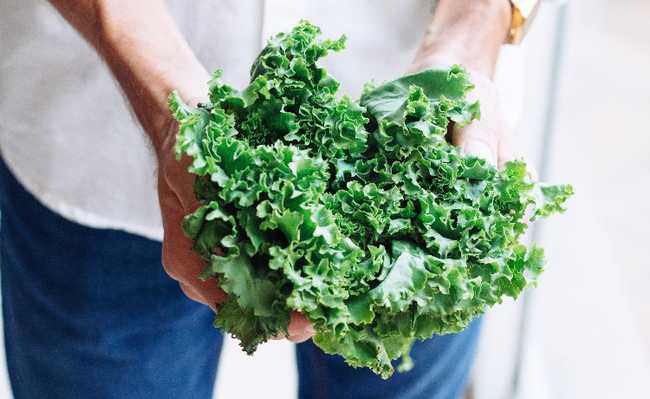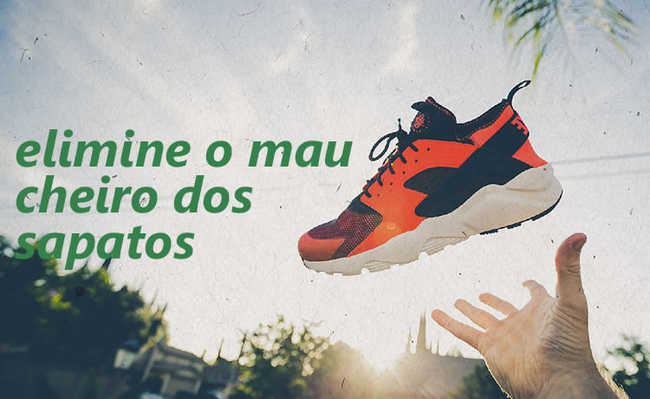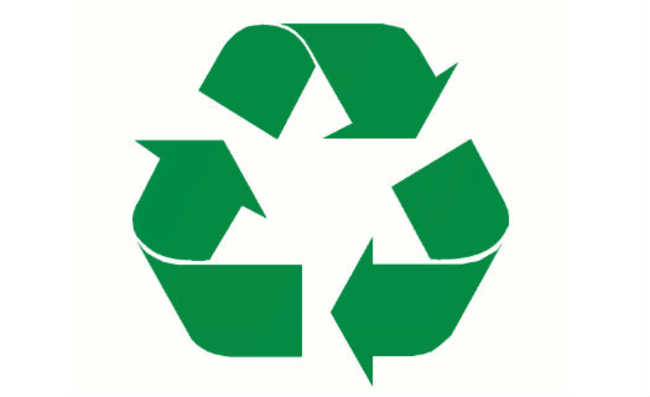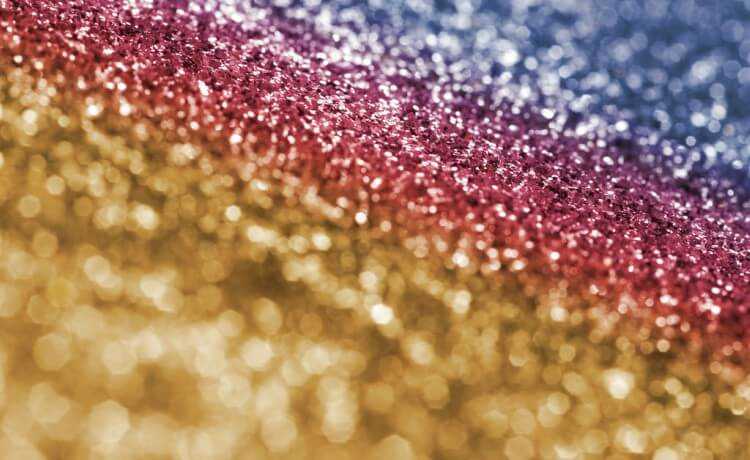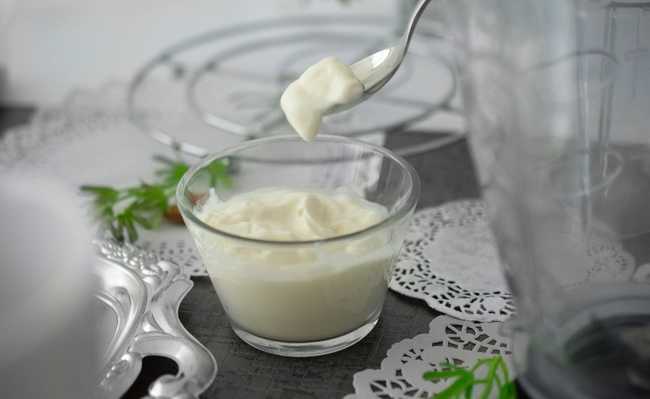Sustainable Tips for Making School Supplies List
Check out a selection of tips on how to put recycling into practice when organizing school supplies

Edited and resized image of The CEO Kid is available on Unsplash
Every beginning of the year it's the same story: classes start and soon comes the huge list of school supplies. There are so many types of paper, pencils and pens that parents are even dizzy! Not to mention the abusive price of school supplies at the time of back to school. A survey conducted by Procon-SP showed a variation of up to 450% in the price of school supplies: a ballpoint pen, for example, which cost R$ 0.85 in one establishment, was found for R$ 4.50 in another, in a city in the interior of São Paulo.
It turns out that, sometimes, some items used in the previous year are in perfect condition or just need a retread, which can even become fun for parents and children during the holidays. In addition to making your children aware that it is not because the school asks for new materials that they cannot use the old ones, you will be contributing to the preservation of nature - to make an A4-sized sheet of paper, for example, about 10 are consumed. liters of water, according to a report by the non-governmental organization WWF -World Wildlife Foundation - and saving your money.
Below are some tips on how to conserve, organize or recycle some items from the school supplies list, allowing them to be reused and giving them a new look:
- Notebooks, diaries and books: wrapping notebooks, diaries and books will help keep them for longer. Instead of buying new books, see if you can't find someone selling the same book on online bookshop sites. These products are often resold in perfect condition;
- Backpack and lunch boxes: wash them frequently. In addition to always being in good condition, the products and materials that will be inside them will also be kept clean;
- Reusing notebook sheets: if there are many blank sheets left over in the notebook from the previous year, it is worth removing the old sheets that contain the content of the article, staple them and put them in a folder. To complete the notebook renewal, you can stick new stickers or magazine pictures on the cover;
- Pencils: to give a new look to pencils that have peeled throughout the year, you can cover them with paper or adhesives;
- Pens: on some pens, it is possible to change the refill. And, in this case, in addition to being cheaper than a new pen, they contribute to saving the raw material that would be used to manufacture a new product;
- Rubber: if the rubber looks dirty, just clean it with a cloth soaked in alcohol;
- Ruler, scissors, compass: there are some items on the list of school supplies that are little used during the school year, such as those listed. So, before buying a new one, make sure what you already have is in good condition and if you can reuse it for the next year;
- Crayons: Crayons are part of the childhood and learning of many children and even the work of many adults. If the chalk is worn, you can make it a smaller chalk by cutting out some pieces, or even joining it with other worn pieces by using it for a while longer.
- Paint: reuse paint left over from other years. Clean the pots well. But if you need to buy more - if the list of school supplies is flexible - give preference to those made with food products, such as saffron, cocoa, beetroot, among others.
- Brushes: manicured brushes last much longer. For this, advise your child to clean the brush thoroughly after use: first remove the excess paint with paper (to prevent it from being sent to water bodies) and, only after removing the excess with paper, use water. Prefer brushes that do not use animal hair. Teach from an early age the importance of respect for animals.
- Vegan philosophy: know and ask your questions
- What does it mean to be eco-friendly?
Another tip is to use recycled material to make your items, saving on the purchase of new products and reducing their environmental impacts. The video teaches you two techniques for making custom organizer folders from cardboard!
In other cases, the most suitable destination for what you will no longer use is donation. Many charities may be in need of what you have to help educate children in need. There are also stores that offer discounts for those who bring used books and notebooks, which are destined for recycling. If you need to buy new items, prefer pads and notebooks made with recycled paper. Ultimately, dispose of material correctly at recycling stations.

